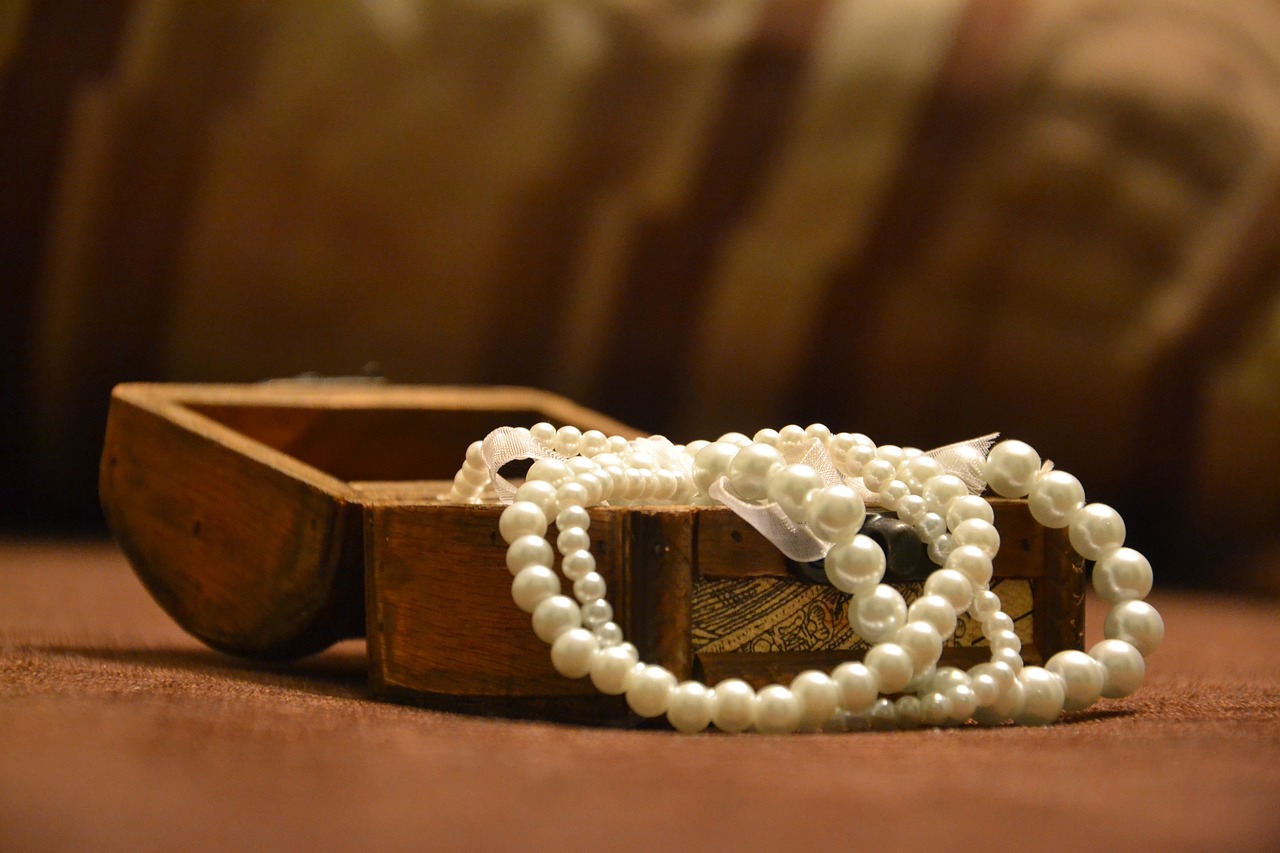This summer, I decided to take every other Friday off. Was this a particularly easy summer, seamlessly lending itself to an extra break? No, no it was not. Was it worth it? Absolutely.
As academics, educators, clinicians, and scientists we have all struggled with the concept of “work-life balance.” Some propose that “work-life integration” is a more accurate term as a 50/50 split is not ideal, or even possible. Our post-pandemic culture of increasingly flexible work locations makes integration of work and life more possible than ever. No matter how we label it, or exactly what it looks like, the dual responsibilities of work and life can be overwhelming. The constant technological ability to be connected to work has increased the pressure to always be available and decreased the separation of “on” and “off” times for work. This is further exacerbated when your work and your home life occur in the same physical location.
Dedicated breaks are a way to counteract these feelings and pressures to promote physical and mental health and sustain productivity and engagement in the workplace. Dedicated breaks are an effective way to mitigate burnout, boost productivity, and promote mental health.
So, how do we do it? There is a wealth of literature on the impacts of vacation, at-work breaks, and even microbreaks. The general consensus for any amount of dedicated time away from work, regardless of location or duration, is that:
- The more a break can be a true break, meaning physically separating from the laptop, email, and work related tasks, the more beneficial it is.
- Redefining productivity and examining the difference between busy vs. productive is essential to clarify your goals and priorities. Slow Productivity is a great resource for this part of your process.
- The space has to be created. If we wait for the perfect time to take an afternoon off, go for a walk, or shut our eyes for ten minutes, that time will never come.
Reflecting on my experience this summer: having a firm break every other week forced me to prioritize my work in a slightly different way. Instead of trying to cram everything on my to-do list into my schedule, I was forced to ask myself, “What needs to be done in the next two weeks?” and, perhaps more importantly, “What can I let go of?” These were not easy conversations to have, but the end result was worth it. I accomplished my goals, got more experience prioritizing and saying no, and had time to play tennis with my husband, stare out the window at my chickens, and even just… be.
Wendy Ingram, PhD and CEO of Dragonfly Mental Health, an organization focused on promoting mental health literacy and well-being in the STEM workforce, has this to say about taking a break: “One of the most effective evidence-based approaches to address and prevent burnout has been found to be taking breaks. This can be so called "micro-breaks" where one makes a dedicated effort to oscillate between work and rest throughout each day, or it is most effective when people take true vacations where they disconnect fully from work for some period of time, whether it is only a couple days or a week or more. Performing at your best should be your top priority and so engaging in evidence-based approaches to the best of your ability to deal with burnout may feel difficult at first, but in the end is the genuinely smartest way for you to achieve your highest potential.” Dragonfly Mental Health has a free one-hour workshop that delves more deeply into the concept of burnout and the benefits of breaks.
As we look ahead into the next academic year, where can you intentionally create a break? If it is ten minutes of your day to meditate, 45 minutes to take a walk, or every other Friday to enjoy being alive - how can you make space in your world to recharge?
#MedEdPearls are developed monthly by the Health Professions Educator Developers on Educational Affairs. Previously, #MedEdPearls explored topics including creating joy at work, performance reviews reconsidered, and habits for career success.

Stacey Wahl, PhD is a developmental neuroscientist and faculty developer. Stacey is the senior instructional designer for the VCU School of Medicine. Stacey’s areas of professional interest include coaching, mentoring and supporting faculty excellence. Connect with Stacey on LinkedIn.
#MedEdPearls

Jean Bailey, PhD – Virginia Commonwealth University School of Medicine
Rachel Moquin, EdD, MA – Washington University School of Medicine

